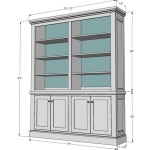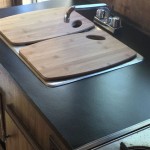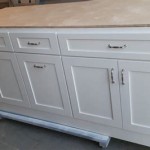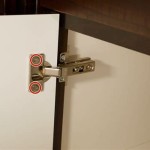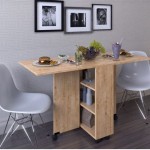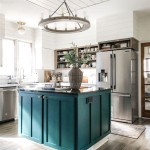Kitchen cabinets are an essential part of any home, and they often require regular maintenance and repair. Whether you’re dealing with a broken hinge, a door that won’t close properly, or more serious damage, it’s important to know how to repair kitchen cabinets correctly. In this article, we’ll provide some tips and tricks to help you repair and maintain your kitchen cabinets.
Inspecting Kitchen Cabinets
Before you start any repair work, it’s important to inspect the cabinets. Start by looking for any signs of damage. Check the hinges and knobs, as well as the surface of the cabinets, for any cracks, chips, or scratches. Look at the edges of the cabinets, too, to see if they’ve been damaged by water or other substances. Once you’ve inspected the cabinets, you can start to repair any damage.
Repairing Minor Damage
If you find minor damage, such as a few scratches or a broken hinge, you can usually repair it yourself. For scratches, you can use a putty knife and wood filler to fill in the gaps. Make sure to sand the area before applying the filler, to ensure a smooth finish. For broken hinges, you can use a screwdriver to unscrew the old hinge and replace it with a new one.
Replacing Cabinet Doors
If the cabinet doors are damaged or worn, you may need to replace them. Start by measuring the existing doors to make sure you get the right size. Then, remove the old doors and use the same screws to attach the new ones. Be sure to use the same hinges, too, as they’ll be designed to fit the new doors. You may also need to use a drill to make new holes for the hinges.
Cleaning and Protecting Kitchen Cabinets
Once you’ve repaired any damage, it’s important to keep your cabinets clean and protected. Start by wiping them down with a damp cloth to remove any dirt or grease. Then, apply a sealant or varnish to protect the wood from moisture. Finally, use a mild detergent and warm water to clean any spills or stains on the cabinets.
Conclusion
Kitchen cabinet repair can be a daunting task, but it’s important to address the issue quickly and correctly. Start by inspecting the cabinets for any damage, then repair any minor damage yourself. For more serious damage, such as replacing a door, you may need to enlist the help of a professional. Finally, remember to keep your cabinets clean and protected to prevent further damage.














Related Posts


